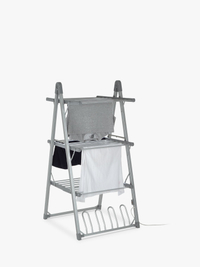How to dry clothes without a dryer this winter - 8 tips from the experts
If you're worried about the cost of running a tumble dryer, or don't own one - then check out these tips on drying clothes fast
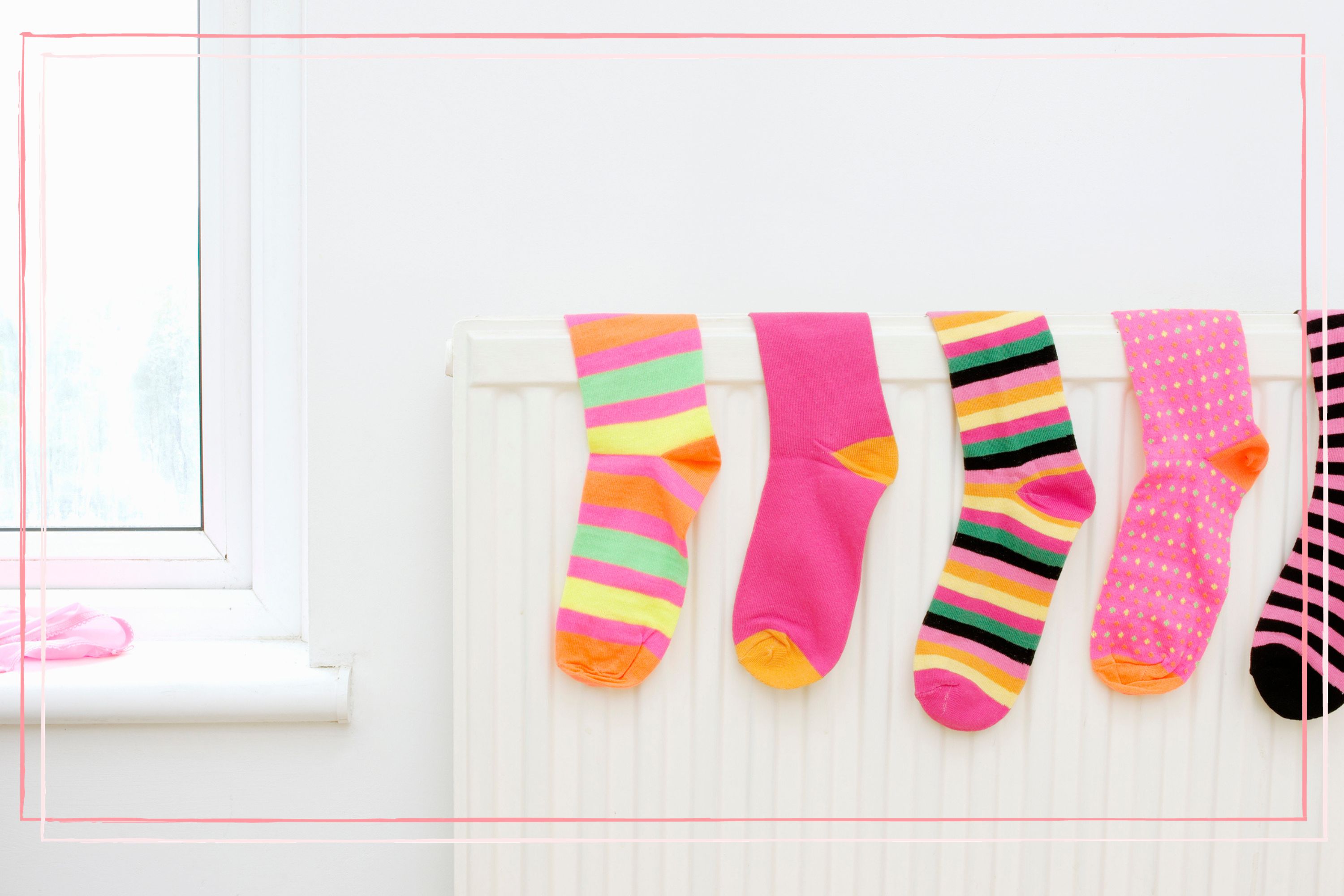

How to dry clothes without a dryer can be a cause for concern with temperatures dropping and energy costs rising. We've spoken to the experts and come up with seven useful tips on the subject.
As autumn turns to winter and the days get increasingly cold and wet, hanging laundry outside to dry is often no longer an option. Alongside building concerns over how much a tumble dryer costs to run amid rising energy bills, it's the time of year many look for the cheapest way to dry clothes while putting off how often they change their sheets. The obvious solution appears to be putting washing on your radiators, but this can easily cause problems when moisture from the laundry damages nearby paint on the walls and leaves many who try it asking how to stop condensation on windows.
To help address this issue, we've spoken to experts to find out the best ways to dry clothes indoors, without using a tumble dryer. Lucy Ackroyd, Head of Design at luxury towel and bed linen retailer Christy, says, "If you’re hanging your laundry to dry inside your house and using different rooms to do so, having a washing routine is key to being organised and allowing your home to still feel like a warm and welcoming environment - without it feeling like a laundrette!"
How to dry clothes without a dryer
1. Use the towel hack
Karl Huckerby, cleaning and home expert from cleaning equipment company Spare and Square, recommends this trick to speed up the drying time of clothes after they've come out of the washing machine.
He says: "Roll your clothes into soft, dry towels to absorb the excess water. This is more beneficial if you use one towel per item of clothing, but if you're short on towels you can roll up multiple items of clothing at a time."
Once your clothes are rolled up, give the towel a slight twist to help absorb as much moisture as possible - you can also try slotting some paper towels between the towel and the garment, to speed up the process.
Also known as the Burrito method, it has been advised that this action shouldn't be applied to delicate garments, as it may distort the shape or damage the fabric.
GoodtoKnow Newsletter
Parenting advice, hot topics, best buys and family finance tips delivered straight to your inbox.
2. Take advantage of sunny days
Temperatures may be dropping, but we're still seeing the sun shine despite the cold. And drying clothes outside remains one of the best methods - even in winter - not least because it reduces the moisture levels in our homes.
Professor David Denning, who is Professor of Infectious Disease in Global Health at The University of Manchester, has warned against the health risks of drying washing indoors, saying, "Most of us are either immune to the fungus which grows in these humid conditions, or have a sufficiently healthy system to fight the infection. [But] the fungus can cause pulmonary aspergillosis – a condition which can cause damage to the lungs and sinuses."
Karl Huckerby says you can avoid these risks by utilising a sunny, windy day. He says, "If you're lucky enough to have some outdoor space, this should still be utilised to dry your clothes in the colder months. A windy and sunny day is perfect for drying clothes, and even if it doesn't dry them completely, it will give them a good head-start."
Sarah Dempsey, cleaning expert with MyJobQuote, agrees, saying that while the best way to dry your clothes in the summer is on a clothes line in the garden, in winter, you should "Try to position your damp washing close to an open window or somewhere that provides good air flow."
3. Use your washing machine's highest spin setting
Before you even start your wash, make sure to choose a setting that will wring out as much water as possible, to save drying time.
Karl suggests using your washing machine's highest spin setting to help dry clothes quicker. He says, "This will help to wring moisture out of your clothes, and will make air-drying them much easier and quicker," adding that making sure not to overload your washing machine is a great way to ensure your clothes will dry quicker too.
"Overloading the washing machine will result in sopping wet clothes, and if you're washing the likes of towels and sheets, this can especially be a hard problem to solve."

Sarah Dempsey adds that it's a good idea to give your washing an extra spin at the end of the cycle, to remove surplus damp and water. She also advises to give your washing a good shake when you remove it from the machine, for extra aeration.
Be aware that applying this method might cause fabrics such as cotton and linen, to crease. If this is the case, you could always perform the extra spin, but on a lower setting. Efficiently re-shaping your clean items when the spin has finished, will also help eliminate this issue.
4. Invest in a dehumidifier
Using a dehumidifier is another great way to avoid the health risks associated with drying washing indoors. Dr Denning explained "It’s estimated that as many as 87 per cent of us dry our clothes indoors in the winter. One load of wet washing contains almost two litres of water, which is released into the room," - using a dehumidifier can prevent you breathing in all this moisture.
Karl says "A dehumidifier is the perfect solution when it comes to drying your clothes indoors, as it pulls moisture from the air and your clothes to completely speed up the drying process, without having to worry about mould forming due to the excess moisture in the air. Simply place your clothes on a drying rack and turn on your dehumidifier, and your clothes will dry out quickly."
Sarah Dempsey agrees that a dehumidifier is a worthwhile investment if you're looking for the best way to dry clothes during the colder months, saying, "In the winter, it's not always possible to keep windows open for ventilation, and this is where a dehumidifier comes in handy."
Find out how much it costs to run a dehumidifier with our handy guide.
5. Create an internal washing line
Georgia Metcalfe, founder of online bedroom retailer French Bedroom, shared this tip to make drying clothes indoors easier. She says: "Place hooks on the backs of doors and even walls to create an internal washing line as this will provide an open space above the floor, then hang up washing to dry."
She adds that hanging heavier and bigger items - such as bedding - on bannisters is a good way to make sure they dry quickly: "Bedding needs a large surface area to dry, so drape wet sheets around the banister to maximise indoor space and allow the fabric to breathe."
Sarah Dempsey suggests that you could invest in a retractable clothes line rather than placing hooks around your home, and adds that hanging coat hangers off a clothes airer can create more space for drying clothes - as well as making sure they dry crease free.
She says, "It's worth making an initial investment so that you can get a good clothes airer for drying your clothes. During the winter, heated clothes airers are a great option." This tip will be even more effective if you can place the line in a room designed to deal with condensation, such as a bathroom.
Bathrooms are often fitted with extractor fans, meaning damp and excess moisture in the air is pulled from the room.
3-Tier Heated Indoor Clothes Airer - View at John Lewis
RRP: £100 | Dimensions: 135 x 66 x 72.8cm | Capacity: 15kg
Dry your clothes quickly without cluttering your radiators with this prim and practical indoor airer. Just plug it in to the mains, feel the aluminium alloy heat up, and place your wet laundry on the 3 tiers to enjoy super-toasty results. Sturdy, lightweight and foldable, you’ll have no problem storing this airer too.
If you're worried about energy usage, check out our article on how much it costs to run a heated clothes dryer.
6. Do your washing first thing in the morning
Doing your washing early in the morning means you'll be able to give your clothes more time to dry, as well as utilise more sunlight and warmer temperatures.
You don't have to get up early to do this either. Consider loading you washing machine the night before and putting it on a timer, so that you're wash will just be finished when you get up in the morning.
Lucy Ackroyd shared this tip with us, saying: "I recommend washing your bedding first thing in the morning - remember to keep in mind that the higher your thread count, the longer it will take to dry so this may impact where you choose to hang your damp washing."
7. Use your tumble dryer more efficiently
If you're lucky enough to have a tumble dryer but are worried about the cost of using it, there are a few things you can do to make it more efficient at drying your clothes.
Firstly, you want to keep the lint and evaporator filters clean. Blocked filters mean the machine has to work harder, so give them a once over with your vacuum cleaner to get rid of any build up of lint.
You also want to be careful with which setting you put your tumble dryer on. Choosing the programme that most accurately fits your load will avoid the laundry still coming out damp, or being over spun when it could have been taken out sooner.
Finally, try to make sure your tumble dryer is in a warm, well-ventilated room if you can. The colder the room, the more energy your tumble dryer will need to use, so you could be saving pennies by changing its position in your home.
8. Grab a fitted sheet
If you happen to have the heating on, dig out a fitted sheet. Although many people will avoid having the heating on until absolutely necessary, there's likely to come a time when it'll get too cold and it will be switched on. When that time comes, the Guardian advises using the heat from your radiator and a bedsheet to create a tent of warm air around the clothes you're trying to dry.
With this method, the sheet acts like a clothes drying pod by trapping and circulating the warm air inside. If you don’t have a fitted sheet, it's advised you use clothes pegs to secure it a regular sheet as a substitute. Another benefit to this method is your clothes will dry only using the energy from the nearby radiator, not having to resort to also switching on a tumble dryer and expending more at extra expense.
Manchester Evening News tried this hack, with very good results - it halved the amount of time a load of laundry took to dry. A rack drying without using the method took six to eight hours, depending on their materials drying. Using the bed sheet trick, the load only took three hours and 40 minutes to dry.
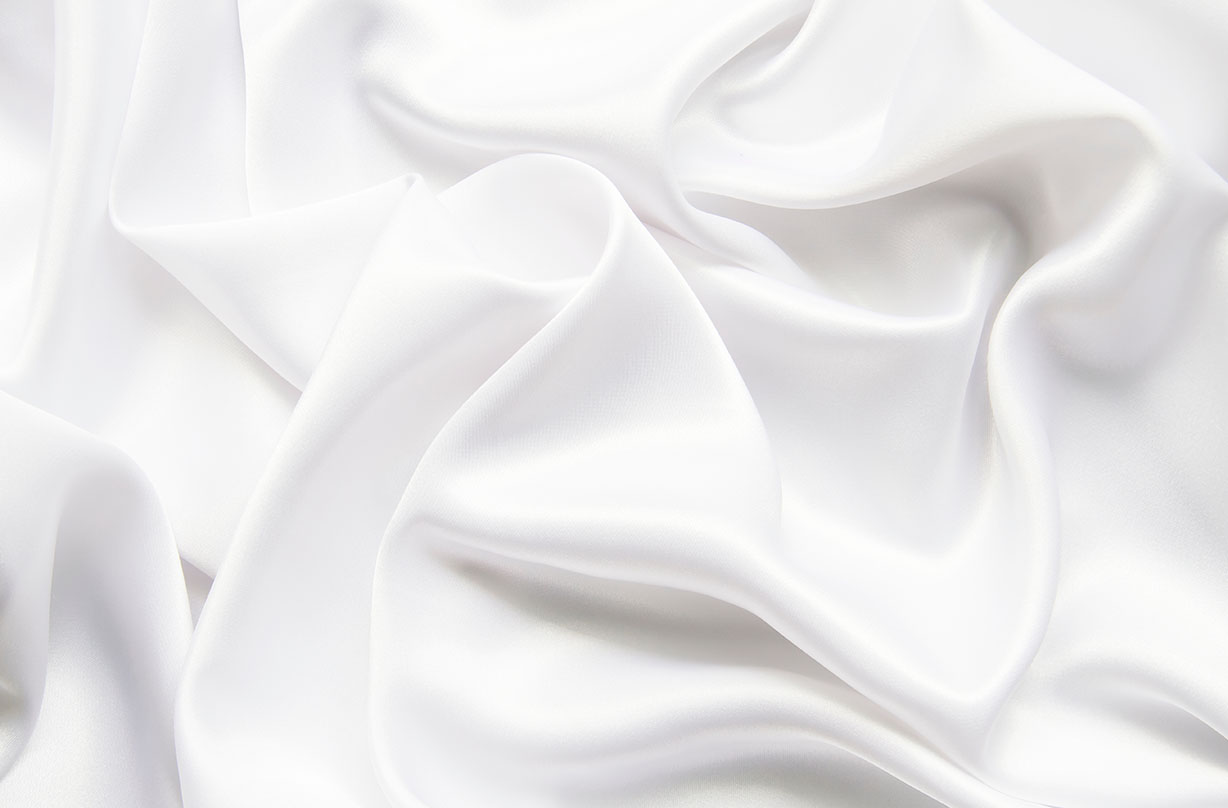
Do you need heat to dry clothes?
While warm sunshine is certainly helpful, you don't actually need heat to dry clothes. Washing can dry in cooler temperatures too, as long as they're not in a damp environment.
As Sarah Dempsey explains: "While heat is a very helpful tool for drying clothes, it's not the only factor. High levels of humidity in the air can result in longer drying time, so, in some cases, you may find that your clothes dry much more quickly on a cold winter's day than they would on a humid summer day.
"Solar radiation is the most effective method of evaporating the moisture in your clothes. So, where possible, hang your clothes out in the sunshine for the best method of drying. You'll also find that wind can further speed up the drying process - and even help with getting creases out of your clothes."
Once dry, when you put clothes, towels or bed linen away use this Mrs Hinch cleaning tip and store them with a fragranced tumble drying sheet. This will keep them smelling laundry fresh for weeks.
How to dry clothes inside without causing damp
Airflow is key to preventing damp caused by drying laundry. Karl says, "Damp, mould and condensation is caused when there's an excess amount of moisture in the air, and in this case, when the excess moisture is from your wet clothes. To combat this, it's vital to ensure that your home is well-ventilated."
He adds that the best ways to avoid damp when drying clothes are by regularly, making sure all ventilation fans are in good working order, or using a dehumidifier.
Sarah Dempsey offers some additional advice, saying, "Don't layer too many clothes near each other, as this will increase drying time. Try to spread clothes at least an inch apart and turn them over every few hours to help them dry quicker and more evenly."
She adds that avoiding using radiators to dry clothes is also a great way to prevent damp, explaining that: "Drying your clothes on radiators can increase the moisture in the air, and this can lead to damp and mould forming. If you do choose to hang your clothes on a the radiators, it’s best to use radiator drying racks with the help of a dehumidifier to keep the moisture levels in the air down."
Georgia Metcalfe agrees, adding, "A layer of clothes over a radiator will also reduce its efficiency in heating up the room and raise bills."
For common laundry mistakes you might not realise you're making, check out this handy information. We also share the one thing you should neve put in your washing machine. If you're wondering how often you should wash jeans, we have you covered.
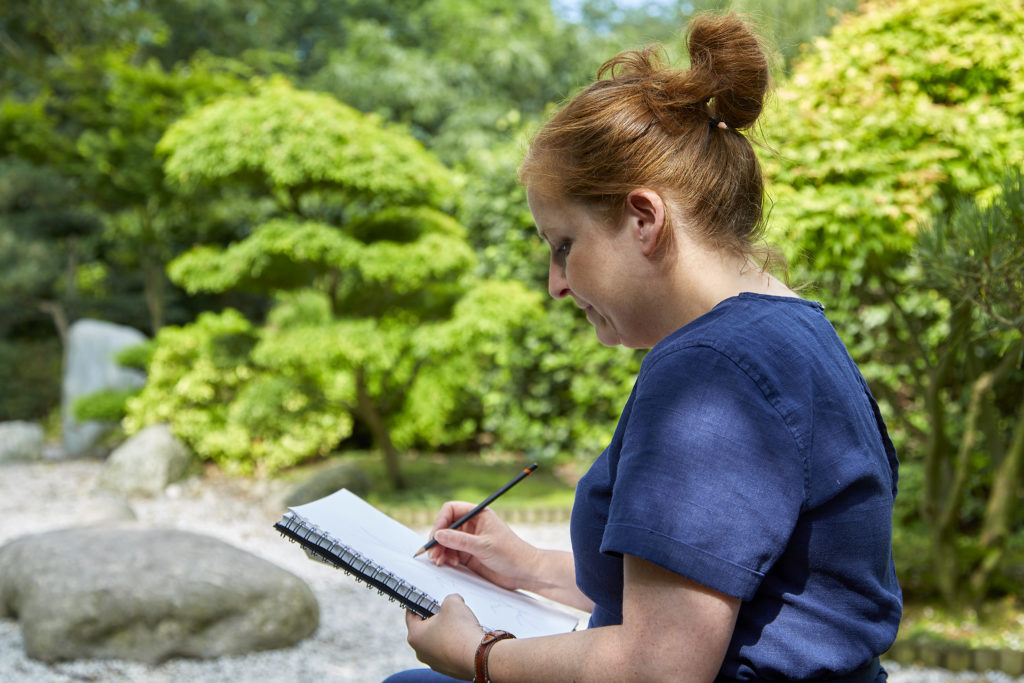
Lucy Ackyrod is an experienced designer of home textiles, having worked for Christy since 2003. Starting as a Senior Designer and then working up to a Design Manager, she's now Head of Design for the luxury towel and bedding retailer.

Karl Huckerby is a cleaning expert with family-owned business Spare and Square, providing commercial, industrial, and domestic cleaning equipment, spare parts and accessories. Karl helps businesses choose the right type of cleaning equipment that will not only be suitable for the jobs required of it, but also provide a solid return on investment for any type of equipment purchased. He emphasises helping people repair appliances and cleaning machines, rather than replace them.

Sarah Dempsey has worked in the cleaning industry for over twenty five years. She specialises in domestic cleaning and works closely with MyJobQuote - the UK’s leading trades matching site - to provide expert cleaning knowledge to homeowners, tradespeople and news outlets.
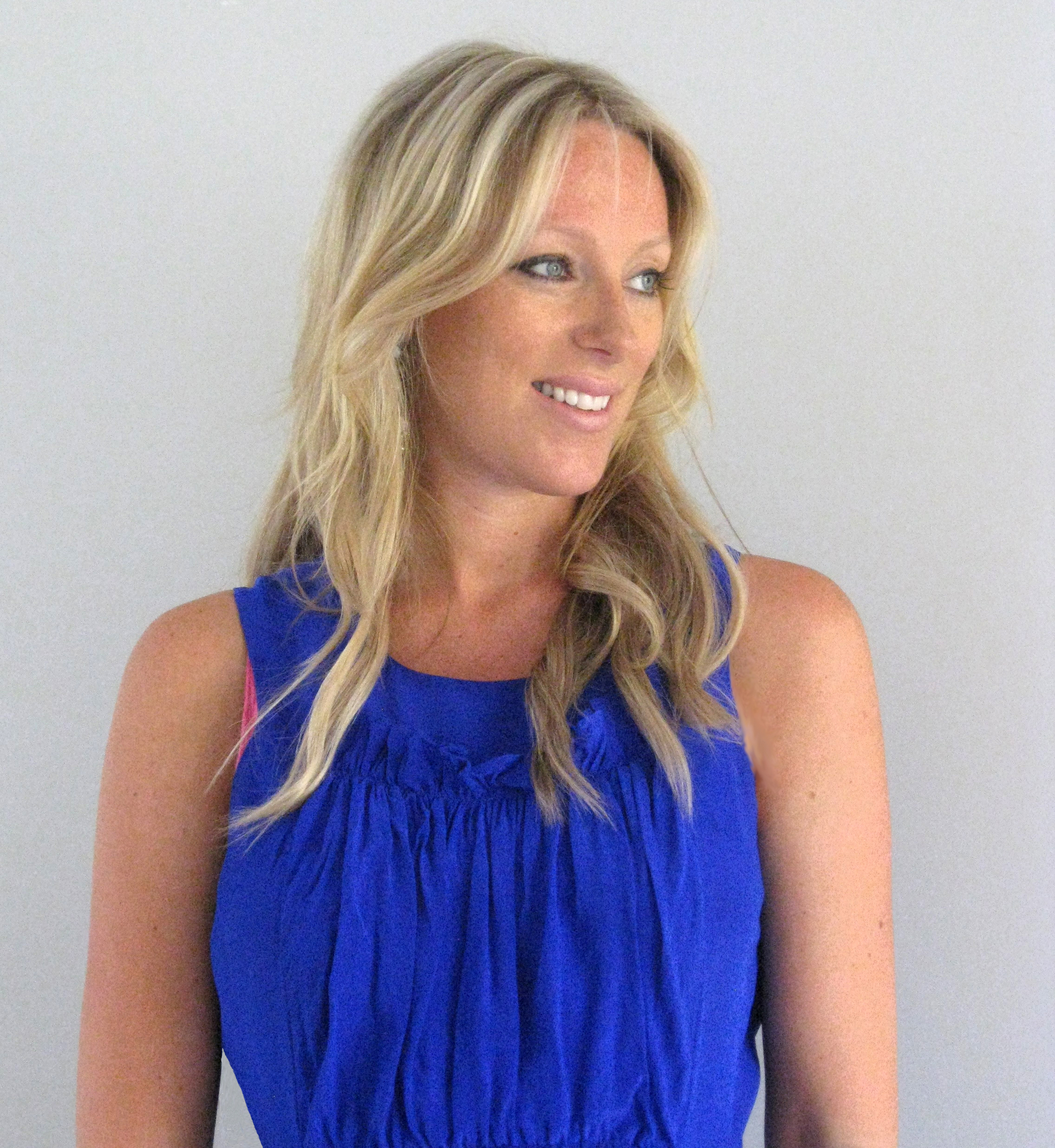
Georgia is the founder of online bedroom retailer French Bedroom and an interiors guru with a passion for textures, fabrics and soft furnishings that provide the perfect ambience within a home.

Ellie is GoodtoKnow’s Family News Editor and covers all the latest trends in the parenting world - from relationship advice and baby names to wellbeing and self-care ideas for busy mums. Ellie is also an NCTJ-qualified journalist and has a distinction in MA Magazine Journalism from Nottingham Trent University and a first-class degree in Journalism from Cardiff University. Previously, Ellie has worked with BBC Good Food, The Big Issue, and the Nottingham Post, as well as freelancing as an arts and entertainment writer alongside her studies. When she’s not got her nose in a book, you’ll probably find Ellie jogging around her local park, indulging in an insta-worthy restaurant, or watching Netflix’s newest true crime documentary.
